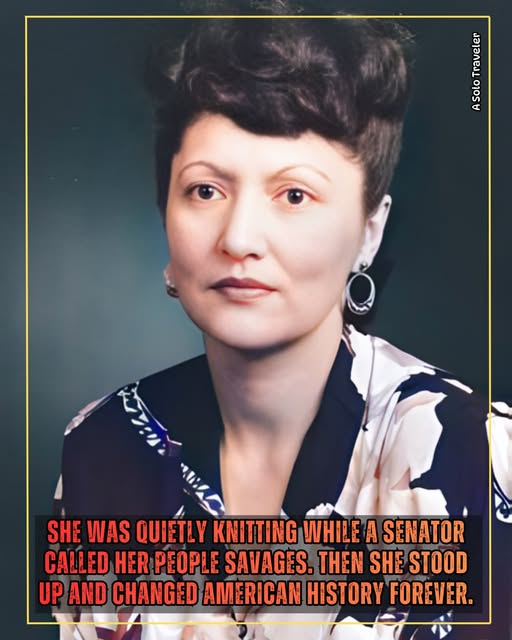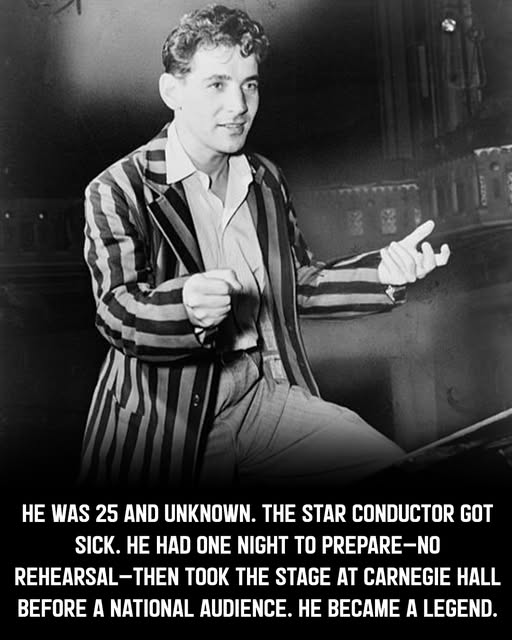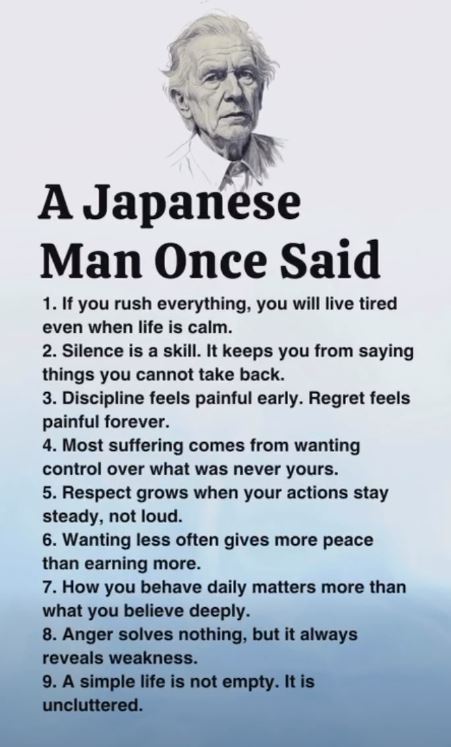
The Palais Garnier

Leonard Bernstein

He was 25, an assistant conductor nobody knew. The star conductor got sick. He had one night to prepare—no rehearsal—then walked onto Carnegie Hall’s stage in front of a national radio audience.
November 13, 1943. Saturday evening. Leonard Bernstein was at home in New York when his phone rang. The voice on the other end belonged to someone from the New York Philharmonic, and they had news that would change his life.
Bruno Walter—one of the most celebrated conductors in the world—had fallen ill with the flu. He couldn’t conduct tomorrow’s concert at Carnegie Hall. The concert was sold out. It would be broadcast live on CBS Radio to millions of listeners across America.
They needed a replacement. Immediately.
Leonard Bernstein was 25 years old. He’d been appointed assistant conductor of the New York Philharmonic just a few months earlier—a promising position, but essentially a backup role. He attended rehearsals, studied scores, and waited for opportunities that rarely came.
Now one had arrived. With less than 24 hours’ notice.
Most conductors would panic. The program was demanding: Schumann’s Manfred Overture, a difficult contemporary work by Miklós Rózsa, Richard Strauss’s Don Quixote, and Wagner’s Prelude to Die Meistersinger. Complex pieces requiring precise communication between conductor and orchestra.
And Bernstein wouldn’t get a single rehearsal.
He’d have to walk onto that stage cold, in front of a packed Carnegie Hall audience and a national radio broadcast, and conduct one of the world’s greatest orchestras through a program he’d never rehearsed with them.
He said yes.
That night, Bernstein barely slept. He pored over the scores, visualizing every tempo change, every entrance, every dynamic shift. He’d studied these works before—he had a photographic memory for music—but studying and conducting are different things entirely.
Sunday, November 14, 1943. Afternoon. Bernstein arrived at Carnegie Hall. No time for a full rehearsal. No time to work out details with the orchestra. Just a brief sound check, a few words with the musicians, and then—showtime.
At 3:00 PM, Leonard Bernstein walked onto the stage of Carnegie Hall.
The audience had come to hear Bruno Walter, a legendary conductor who’d worked with Mahler himself. Instead, they saw a 25-year-old kid they’d never heard of.
Bernstein raised his baton.
What happened next became legend.
From the opening bars of Schumann’s Manfred Overture, it was clear something special was happening. Bernstein didn’t just conduct—he embodied the music. He leaped, twisted, swayed. His gestures were huge, theatrical, passionate. Some conductors are technical. Some are precise. Bernstein was fire.
The orchestra responded. Without rehearsal, they followed his energy, his vision, his interpretation. The Rózsa was thrilling. The Strauss was nuanced. The Wagner surged with power.
When the final note of Die Meistersinger faded, there was a moment of stunned silence.
Then the audience exploded.
Applause thundered through Carnegie Hall. People stood. They cheered. They’d witnessed something extraordinary—not just a good performance, but the arrival of a major talent.
Backstage, Bernstein was mobbed. Musicians congratulated him. Audience members pushed past ushers to shake his hand. The phone lines at CBS were jammed with listeners calling to ask: Who is this guy?
The next morning, The New York Times ran the story prominently. The headline captured what everyone was thinking: a young, unknown conductor had pulled off the impossible. By Monday afternoon, Leonard Bernstein was famous.
Artur Rodzinski, the Philharmonic’s music director who’d hired Bernstein as his assistant, later said he knew immediately that November 14th would be remembered as the day Leonard Bernstein became Leonard Bernstein.
He was right.
The phone calls started immediately. Guest conducting offers poured in. Recording contracts. Commissions. Suddenly, every major orchestra in America wanted this 25-year-old who’d conquered Carnegie Hall with no rehearsal.
But November 14, 1943 wasn’t just about one great performance.
It revealed something essential about Leonard Bernstein: he was fearless.
Most conductors would have been paralyzed by the circumstances. No rehearsal? National broadcast? Substituting for a legend? The pressure alone would crush most people.
Bernstein thrived on it. The impossible odds didn’t scare him—they ignited him.
Over the next 47 years, Leonard Bernstein became one of the most important musicians of the 20th century. He composed West Side Story, Candide, and symphonies that are still performed worldwide. He became music director of the New York Philharmonic—the first American-born conductor to hold that position. He taught generations of musicians. He brought classical music to millions through his televised Young People’s Concerts.
But it all started with one phone call on a Saturday night and one impossible Sunday afternoon.
Leonard Bernstein’s story reminds us that greatness often arrives without warning. You don’t get to choose when your moment comes. You don’t get time to prepare perfectly. The opportunity appears, and you either rise to meet it or watch it pass.
Bernstein rose.
He was 25 years old, an assistant conductor with no rehearsal, facing the most important performance of his young life. He could have played it safe, followed the basics, just gotten through it.
Instead, he conducted like his entire future depended on it.
Because it did.
I Hope Your Christmas Was This Special

Click to view the video: https://www.youtube.com/watch?v=EeaHlhDypFw
A Japanese Man Once Said

I don’t know about number 4, there are people who specialise in creating suffering for others. It pays to know how to recognize and handle them.
Advice For People In Their 70s

Dick and Julie

In 1962, Julie Andrews stood backstage at the Majestic Theatre in New York, still wearing her Guinevere costume from Camelot, when a short man with a warm smile approached her. “I’m Walt Disney,” he said. “I’d like you to play Mary Poppins.” Andrews was 27 years old. She’d just been told she wasn’t “cinematic enough” to play Eliza Doolittle in the film version of My Fair Lady—the role she’d created on Broadway, the role that made her a star, the role that defined her career. Warner Bros. gave it to Audrey Hepburn instead. Julie Andrews had never made a movie. Hollywood thought her face wouldn’t sell tickets. Walt Disney thought she was perfect.
Mary Poppins wasn’t just another film project for Disney. He’d been trying to get the rights from author P.L. Travers for 20 years. She hated him, hated Hollywood, hated the idea of Americans turning her proper English nanny into a cartoon. She finally relented in 1959, but only with brutal restrictions: no animation mixing with live-action (Disney ignored this), no romance between Mary and Bert (Disney ignored this too), and absolutely no red in Mary’s costume (Disney dressed her in red anyway).
For the role of Bert—the charming chimney sweep who befriends Mary and the Banks children—Disney wanted someone who could sing, dance, do physical comedy, and radiate infectious joy.
He cast Dick Van Dyke.
Van Dyke was 38, riding high from The Dick Van Dyke Show, one of television’s biggest hits. But he’d never carried a major musical film. And there was one significant problem: Bert was supposed to be a working-class Cockney Londoner.
Dick Van Dyke was from Missouri.
Van Dyke hired a dialect coach—veteran British actor J. Pat O’Malley. Except O’Malley wasn’t British. He was Irish. And as Van Dyke later admitted with a laugh: “He didn’t do a Cockney accent any better than I did.”
Nobody corrected them. Nobody stopped production to say, “This sounds completely wrong.”
The result? In 2003, Empire magazine ranked Dick Van Dyke’s Cockney accent as the second-worst in film history.
Van Dyke has spent 60 years apologizing for it and joking about it. In 2017, he told The Guardian: “I was working with an Irish coach who didn’t do it any better than I did. If there are any Cockneys who feel like I insulted them, I apologize.”
But here’s the thing: nobody cared. Not really.
Because when Dick Van Dyke tap-danced across animated rooftops with penguins, when he laughed his way through “Supercalifragilisticexpialidocious,” when he performed acrobatic physical comedy that made Bert feel like a living cartoon—the accent didn’t matter.
The magic worked anyway.
Filming Mary Poppins took months of grueling choreography. Andrews and Van Dyke rehearsed “Step in Time”—the chimney sweep dance number—until they could perform the intricate tap routine in perfect sync with dozens of dancers across London rooftops.
They learned to interact with animated characters that didn’t exist yet—penguins, a carousel horse, singing farm animals. They had to make audiences believe that Mary Poppins could pull a full-sized coat rack from an empty carpetbag, that she could fly with an umbrella, that Bert could walk on walls and dance on ceilings.
And they had to make a 139-minute children’s musical feel like it flew by in minutes.
Van Dyke threw himself into every pratfall, every silly expression, every moment of physical comedy. He also played a second role in the film that almost nobody recognized: Mr. Dawes Senior, the ancient, decrepit chairman of the bank. Buried under heavy prosthetic makeup, he was credited as “Navckid Keyd”—an anagram of Dick Van Dyke. It was decades before most audiences realized both characters were the same actor.
Julie Andrews brought something else entirely: authority that never felt cold, strictness that never felt mean, magic that felt completely matter-of-fact.
When Mary Poppins slides up a banister, snaps her fingers to make toys put themselves away, or produces an entire floor lamp from her carpetbag, Andrews plays it with such perfect poise that you believe this is simply how proper English nannies behave.
And her voice—a crystalline four-octave range that could shift from stern lecture to soaring melody—made every song feel effortless.
The chemistry between Andrews and Van Dyke was immediate and genuine. Watch “Jolly Holiday,” where they stroll through a chalk-drawing countryside filled with animated animals. Their playfulness isn’t acting—it’s real joy.
Watch “Supercalifragilisticexpialidocious,” where they’re surrounded by Pearly Kings and Queens in a carnival of absurdity. Their energy is contagious.
And watch the quiet moments—when Bert gently tells Mr. Banks to appreciate his children while he can, when Mary silently acknowledges her work is done—and you see two performers elevating a children’s movie into something profound.
Mary Poppins premiered on August 27, 1964.
It became the highest-grossing film of the year, earning $44 million—an astronomical sum in 1964. It received 13 Academy Award nominations and won five, including Best Actress for Julie Andrews.
When Andrews accepted her Oscar for her very first film role, she thanked “a man who made a wonderful movie and who made all this possible in the first place, Mr. Jack Warner.”
Jack Warner was the studio head who’d rejected her for My Fair Lady.
It was the most elegant revenge in Oscar history. Delivered with perfect, Mary Poppins poise.
The film became more than a hit. It became a cultural landmark. The songs became standards. The imagery—Mary’s silhouette against the London sky, chimney sweeps dancing on rooftops, the tea party on the ceiling—became iconic.
For Van Dyke, Mary Poppins cemented his status as one of Hollywood’s most versatile performers. He went on to star in Chitty Chitty Bang Bang (1968) and continued working steadily for six decades.
For Andrews, it should have been the beginning of an extraordinary film career. And it was—until 1997, when a botched vocal surgery left her unable to sing publicly. The loss of her legendary voice was devastating. But she continued acting in The Princess Diaries films, voiced characters in Shrek and Despicable Me, and currently voices Lady Whistledown in Netflix’s Bridgerton—a role that won her an Emmy in 2025.
In 2000, Queen Elizabeth II made Andrews a Dame Commander of the British Empire.
And here’s the most remarkable part of this story:
They’re both still here.
Dick Van Dyke turned 100 years old on December 13, 2024. He is now the oldest living Disney Legend.
At age 97, he appeared on The Masked Singer, becoming the oldest contestant in the show’s history. At age 98, he won a Daytime Emmy for Days of Our Lives, making him the oldest Emmy winner ever. At age 93, he reprised his role in Mary Poppins Returns (2018), performing a song-and-dance number that proved he still had the energy that made him a star 54 years earlier.
Van Dyke credits his wife Arlene Silver—46 years younger than him—with keeping him young. He exercises daily, maintains an optimistic outlook, and recently published a book titled Keep Moving: And Other Tips and Truths About Aging.
“A hundred years is not enough,” he said. “You want to live more, which I plan to.”
Julie Andrews is now 89 years old. Though she can no longer sing, she remains one of the most beloved figures in entertainment. She’s received virtually every honor available: Kennedy Center Honors, Screen Actors Guild Life Achievement Award, AFI Life Achievement Award, Grammy Lifetime Achievement Award.
In 2013, Andrews and Van Dyke reunited at the premiere of Saving Mr. Banks—the film about Walt Disney’s battle to make Mary Poppins. Watching them together, still radiating warmth and mutual affection, reminded everyone why their chemistry had been so magical.
Mary Poppins endures not because of special effects or catchy songs.
It endures because two performers—one rejected by Hollywood, one faking the worst accent in film history—created something that transcended every imperfection.
Sixty years later, that magic hasn’t faded.
And incredibly, neither have they.
Dick Van Dyke at 100 and Julie Andrews at 89 are living proof that sometimes the real magic isn’t what happens on screen.
It’s knowing that the people who brought joy to millions are still here, still working, still inspiring new generations.
They made us believe in magic. And they’re still practicing it.
A Message To The Unvaccinated

I fully agree with this author.It took a certain level of awareness, integrity, courage and strength of conviction to come out unjabbed the other end of the largest psyop in living history. If that applies to you – congratulations!
30 Good Habits

Get Off At The First Stop

